As part of my Masters in Entertainment Technology I am working on an educational game project at The Entertainment Technology Center. My team aims to essentially create a living 360 degree angle system for fourth to six graders to interact with whilst solving puzzles. We hope that through our demographics interaction with this system we will:
- Clarify misconceptions about the system
- Build a familiarity with the system through puzzles which require students to use estimation
In approaching this problem we have gone through an extensive ideation process, and the result is that we finally nailed down a core mechanic that makes considering angles essential. The following is a prototype of what we came up with:
Currently in our project we are at a point where we have to create the puzzles that will make up the heart of our educational game. To do this properly requires the creation of an interest curve; but not just any interest curve! As well needing to be an entertaining experience we must go one step further, and include the element of educational value.
Design Process
With the objective of gamifying the material that our client uses to teach their students we began designing an interest curve. The first part of this process is to study the material which took the form of common core sheets.
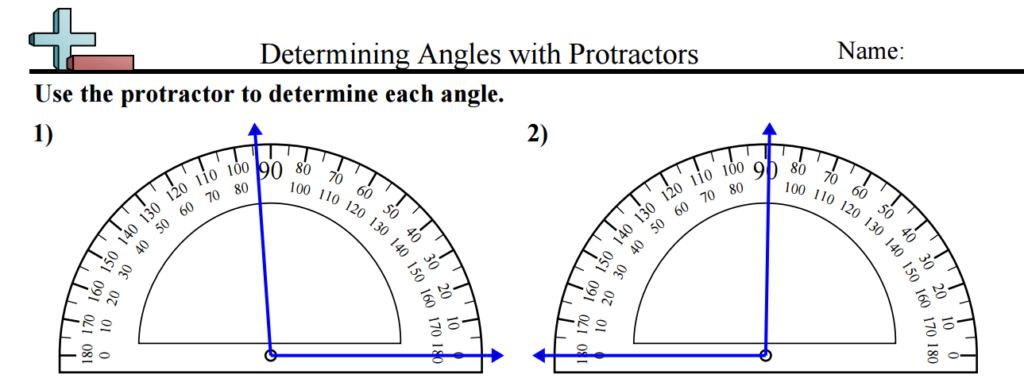
We looked at each of the sheets, and broke down the different tasks involved which were as follows:
- Create an angle using a protractor
- Obtuse, acute, right, and straight problems
- Visual identification of obtuse, acute, right, and straight
- Identification of obtuse, acute, right within different shapes
- Given a protractor diagram identify the angle
- Estimate an angle between two points
- Find the missing angle given a total angle
- Find supplementary angles
- Finding complementary angles
- Find missing angles in a cross shaped
- Find angles in portions of a circle
- Find the angles in a triangle
Next with these tasks we looked at what tasks were best suited to the game we have created which was 1, 2, 3, 5, 6, 7, 8, 9, 11, 12.
In parallel we created a number of game elements to help us create these problems:
- Clockwise Gem
- Anticlockwise Gem
- Beam Generator
- Power Gem
- Receivers & Obstacles
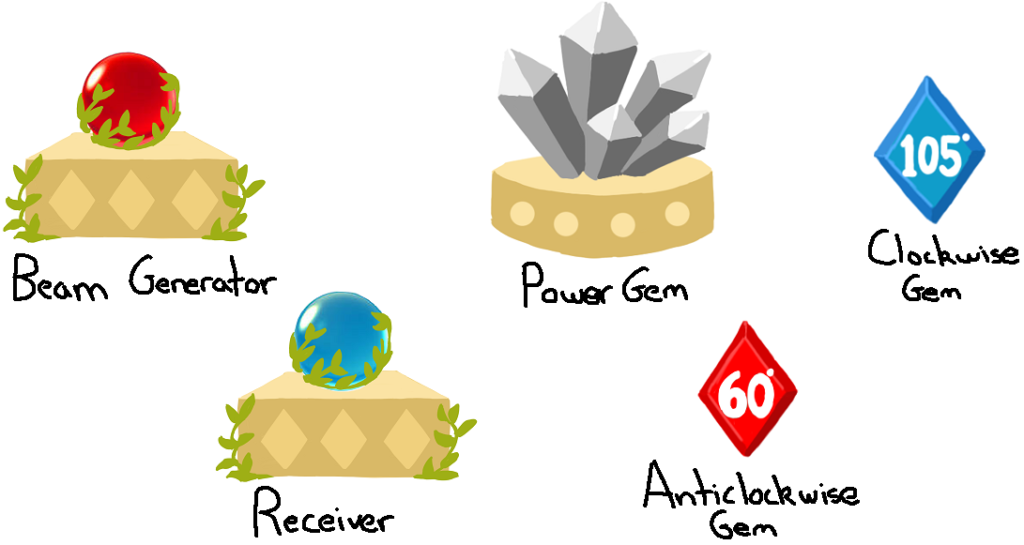
We then identified what is essentially our core gameplay challenges that our player will face:
- Dragging angle gems into beam generator/receivers
- Remove angle gems from beam generator/receivers
- Value deciesions between angle gems
- Clockwise angle gem addition problems
- Anticlockwise angle gem addition problems
Given our design and students curriculum, we made some assumptions about these challenges:
- We consider clockwise movement a more advanced topic
- Increasing complexity means increasing challenge, which can be achieved with more mirrors, angle gem slots, and receivers with obstacles
Now with these elements we imagined an interest curve.
Interest Curve
Our initial interest curve had an initial spike, then four ascending levels of interest with four periods of rest.
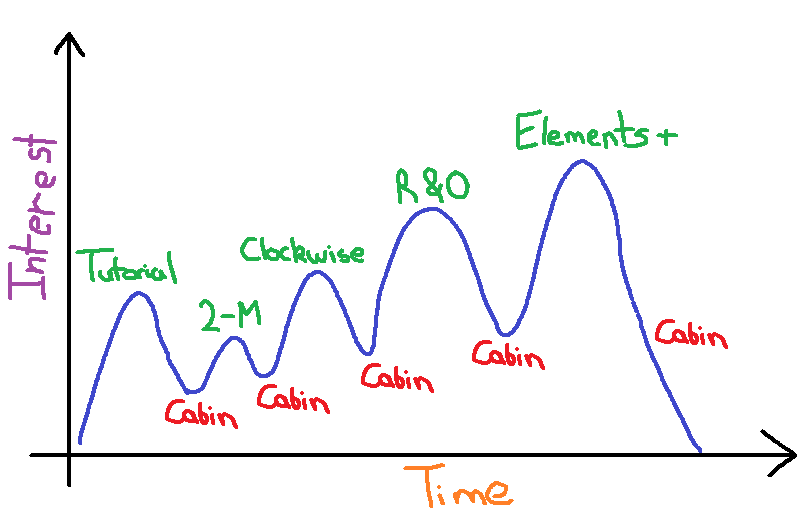
Each area of the curve is defined by the following segments:
- Tutorial – Single beam problems with anticlockwise gems are introduced
- 2-M – Two beam problems are introduced
- Clockwise – Clockwise angle gems are introduced
- R & O – Receivers and obstacles are introduced
- Elements+ – Problems have all elements and introduce 3 or more beams
The design idea behind this curve is that:
- Whilst teaching the basics of gameplay we keep things simple by building the players mastery with a single beam, and fundamental problems e.g 90, 180, 45 identification
- Introduce problems of two beams to add complexity
- Change the fundamental units of the beams to create new problems
- Change the fundamental behavior of beams and create longer puzzle chains
- Hit them with everything for the most complex puzzles
Though we intend rest to occur at the end of every level with level completion rewards. We will have major rests occur in what we call the Cabin. As well as a method of measuring progress in the Cabin players not only did players get a break from puzzles, but a major reward in the form of treasure. Treasures from their adventure would be stored there and they should be rewarded ideally with an animation, and victory music.
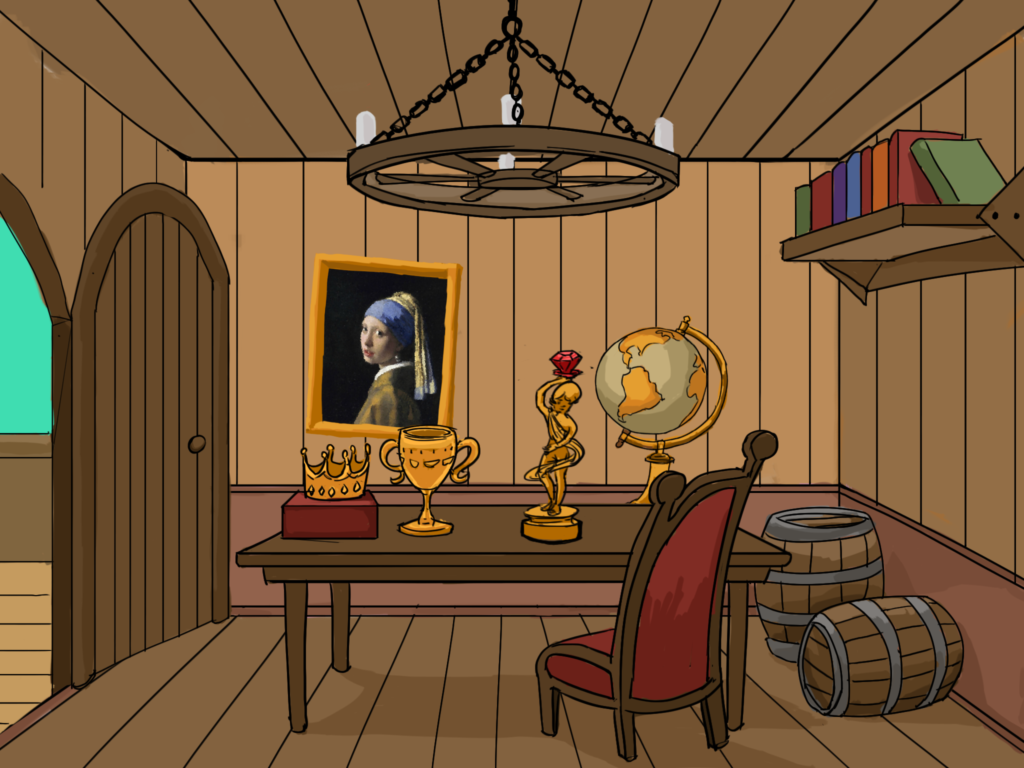
Flow
Within each segment of the interest curve we are trying to create flow. We intend to do this by presenting challenges for tenseness followed by periods of release in the form of rest with a level completion. This would occur a number of times until a larger Cabin rest period occurs.
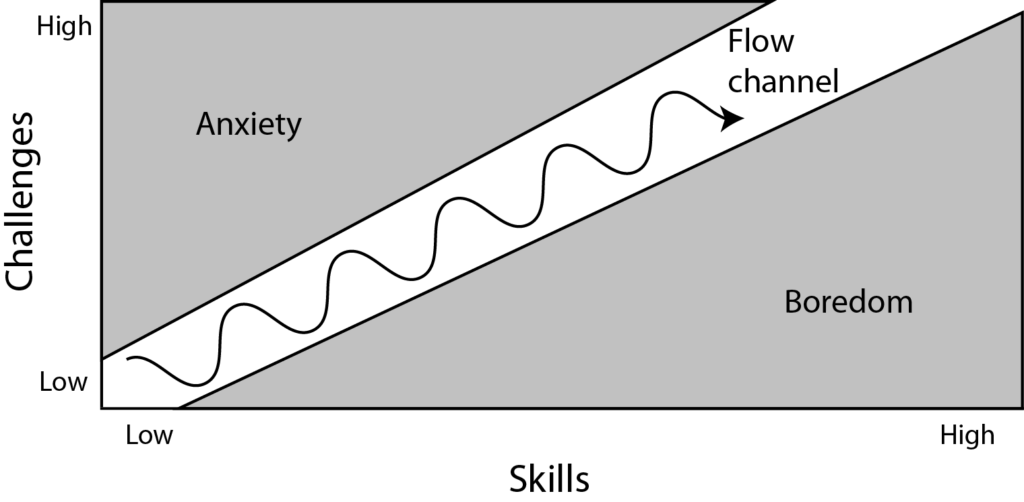
Tenseness would be systematically presented using the following metrics:
- Number of gems
- Number of mirrors
- Number of gem slots
- Gem Types
Given our assumption of complexity equaling challenge, an increase in a metric signifies an increase in challenge.
Future Features
The following are future features we aim to integrate into our game.
Scaffolding
We intend to include scaffolding into our game such as:
- Character hints
- Protractor tool on the machine (common core problem 5)
Scaffolding provides assistance to our player, and as the challenge rises we intend to reduce this factor to increase the level of challenge.
Star System

We also intend to a reward system in the form of stars which the players earn. We hope this feature adds replayability and hopefully a measure of assessment of sorts.
Conclusion
What I have discussed here is a series of steps to create an experience based on a number of assumptions; currently its all theoretical. The most vital part of this design process is test what we have created, and hold our experience up to scrutiny. Therefore our next step is to playtest, and based on the findings we intend to make adjustments, perhaps change assumptions but ultimately improve our design.
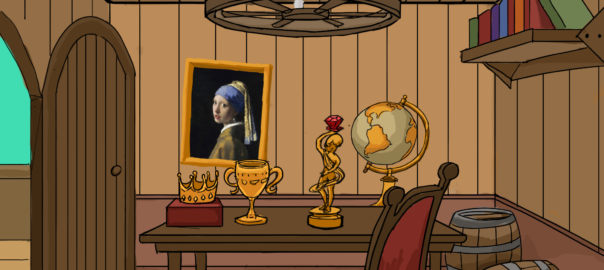
A wonderful description about your design process! The curve and the idea behind them is really valid. It would be the best if we could see some of the playtest data that is drawn from the playtest. I am sure you have verified and iterated your design a lot.
It is interesting to learn about the design process that you followed to develop the game. I am curious to know what the teacher of the class you are working with thinks of the game. This game sounds exciting and has a many good factors that might make the kids excited to keep playing. As the blog is focusing on design, I am interested in learning about what brought you to this concept. Was it research papers or playing existing games that helped you with the initial design? Looking forward to reading about what you learned from playtesting!